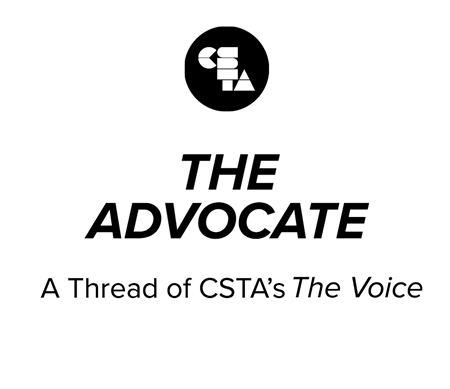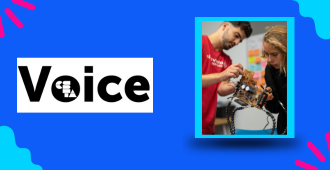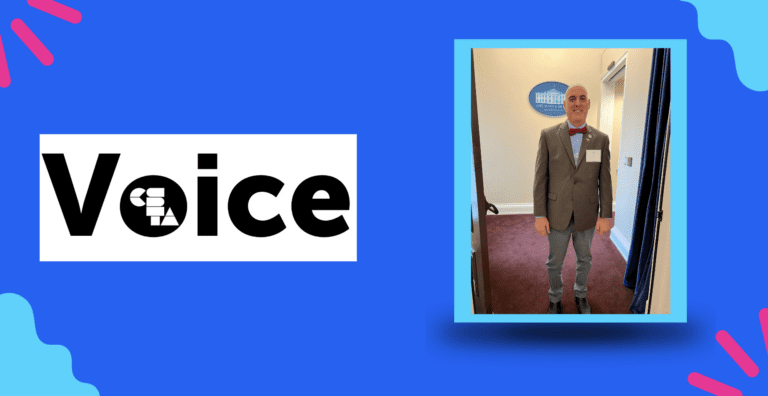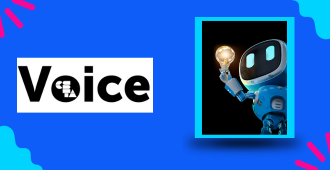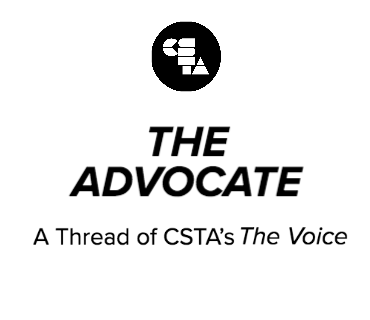
I often hear comments like those below when I talk about teaching programming in Kindergarten through 2nd grade.
Full Story
I often hear comments like those below when I talk about teaching programming in Kindergarten through 2nd grade.
“Kindergarten students can’t program. They aren’t reading.”“How can they program when they can’t type yet?”“Is it even age-appropriate to ask primary aged students to program?”
You would think these comments would be from people who do not work with students in these grades, but that is not always the case. Computer science and programming can be scary to teachers who have not been trained in what CS is and what it looks like for 5-8 year old students.
One of the most common misconceptions I run into about programming in K-2 is that programming looks like this:
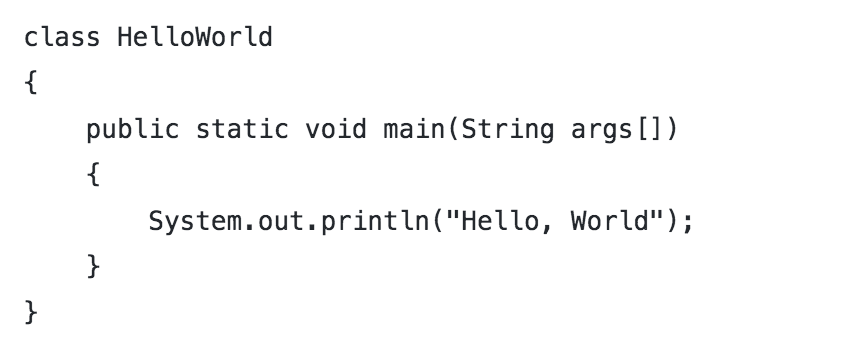
Yes, that is programming but that kind of programming would not be age-appropriate for primary grades. Fortunately, programming does not look like that for 5-8 year olds.
Programming in K-2 is …
Visual and block-based
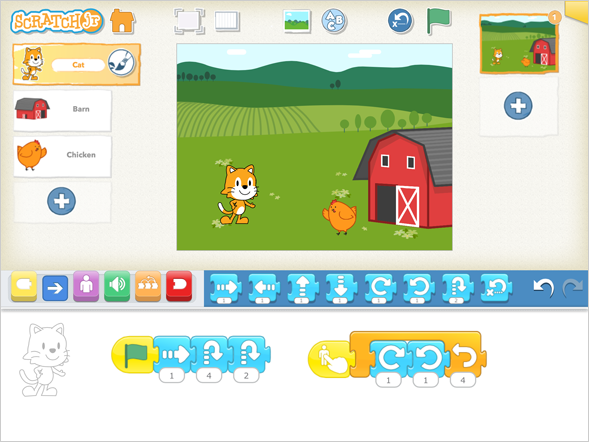
Hands-on and not necessarily on a screen

All About Sequencing …
Sequencing is an important skill for students in all curricular areas. In reading, sequencing is the ability to recognize the beginning, middle, and end of a story along with being able to retell the events in the proper order. In math, sequencing is important for counting, pattern recognition, and the order in which computation should occur. In science, sequencing is important when conducting experiments and in social studies, sequencing helps students to understand the order of events. Learning to program reinforces the idea of sequencing since programs run in sequence and the order in which code is organized determines what happens in a program.
Sequencing is an important skill for students in all curricular areas. In reading, sequencing is the ability to recognize the beginning, middle, and end of a story along with being able to retell the events in the proper order. In math, sequencing is important for counting, pattern recognition, and the order in which computation should occur. In science, sequencing is important when conducting experiments and in social studies, sequencing helps students to understand the order of events. Learning to program reinforces the idea of sequencing since programs run in sequence and the order in which code is organized determines what happens in a program.
Cross-Curricular …
Programming in primary grades is often cross-curricular. There are so many ways students can use programming to show what they know across the curriculum. Here are just a few ideas:
Programming in primary grades is often cross-curricular. There are so many ways students can use programming to show what they know across the curriculum. Here are just a few ideas:
- Use robots to:
- Identify and spell words (sight words, word families, vocabulary)
- Retell stories
- Show math knowledge: for example, roll dice and have students add or subtract values and then program a robot to the correct answer
- Navigate a map
- Illustrate a lifecycle
- Write programs in ScratchJr (or in Scratch, if students are reading) to:
- Tell an original story
- Animate a lifecycle
- Tell about an animal or an important person
- Animate a word problem in math
Programming in K-2 is also collaborative and creative and teaches students to problem solve and persevere. So, yes, learning how to program is age-appropriate and beneficial for K-2 students and yes, they can do it!
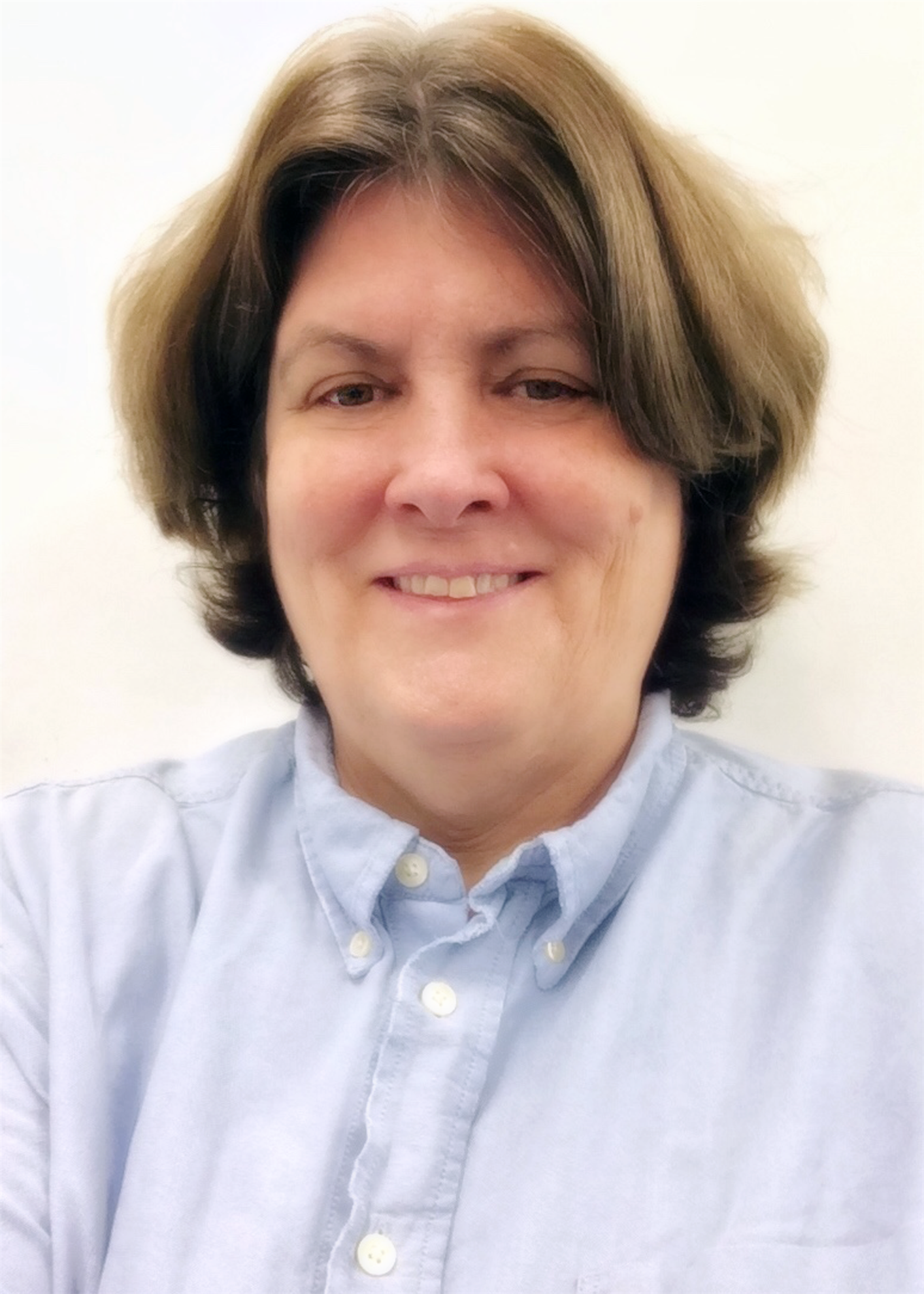 Vicky Sedwick
Vicky SedwickK-8 Representative

